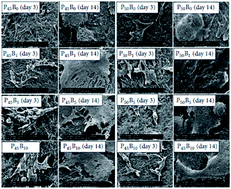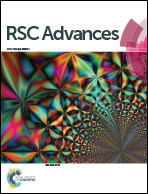Biological behavior of bioactive glasses and their composites
Abstract
Bioactive glasses (BGs) as third generation biomaterials have the ability to form an interfacial bonding more rapidly than other bioceramics between implant and host tissues in defect treatment. Therefore, BGs have shown great applications in the field of bone tissue engineering, dental materials, skin and other tissue regeneration. This review is based on inorganic and organic BG composites being used in bone tissue engineering and summarizes current developments in improving the biological behavior of BGs and their composites. A main focus was given to highlight the role of BGs and their composites in osteogenic differentiation and angiogenesis, followed by their cytotoxicity, protein adsorption ability and antibacterial properties. BGs were found to enhance the cell proliferation and cell attachment without any toxic effects with a significant increase in metabolic activity and possess osteogenic properties. Organic and inorganic dopants have been used to improve their cytocompatibility, osteoconductivity and promote stem cell differentiation towards the osteogenic lineage. BGs have also been used as graft materials because of their significant role in angiogenesis, as they stimulate relevant cells (i.e. fibroblasts, osteoblasts and endothelial cells) to release angiogenic growth factors. They show good protein adsorption because they act as templates for the adsorption of proteins which in turn depends upon surface properties. Antibacterial effects were also observed in BGs as a result of the high aqueous pH value in body fluids due to the presence of alkaline ions. There has been significant research work performed on silica-based bioactive glasses but not much literature can be found on phosphate- and borate-based bioactive glasses, which have good solubility and degradation, respectively.


 Please wait while we load your content...
Please wait while we load your content...